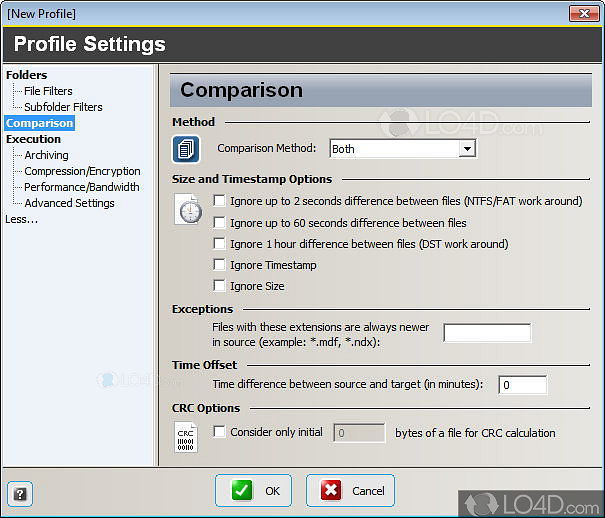

Let’s understand it by continuing our example of the leave management system. In technical terms, interface testing helps determine that different functions like data transfer between the different elements in the system are happening according to the way they were designed to happen. Interface testing is done to check that the different components of the application/ system being developed are in sync with each other or not. These interfaces don’t have a UI but takes an input and delivers output (do not confuse it with Unit testing). Interface testing includes testing of interfaces such as web services, APIs, connection strings that connect two components in the application. Are the XML files generated correctly? Do they have the correct data? Has the data been transferred correctly from one module to another? All these things will be tested as part of Integration testing.Ĭhecking of data transfers between two components is called as an Interface Testing. Well, testing whether the information/data is flowing correctly or not will be your integration testing, which in this case would be validating the XML files. So where does Integration testing comes into the picture?

The EN module also receives the result set and converts it into an XML file and returns it back to the UI module which converts the results in user readable form and displays it. The EN module(module #3) reads the resultant XML file generated by module 2 and extracts the SQL from it and queries into the database. In our scenario, the data entered in the search function (module #1) gets converted into XML by module #2. This saves the developers’ time of fixing bugs. For example, if an employee can’t select the date then there’s no need for further testing. Request sent to the manager after clicking the buttonĪs you can see we have taken only the main features for testing which were critical.

These test cases covered the following scenarios: Instead of testing all the functionalities, they decided to test only critical functionalities which had only 20 test cases.

#Viceversa software software#
In software testing, functional testing is a practice that delivers huge benefits to the development process. Infrastructure Management and Monitoring.Progressive Web Application Development.


 0 kommentar(er)
0 kommentar(er)
